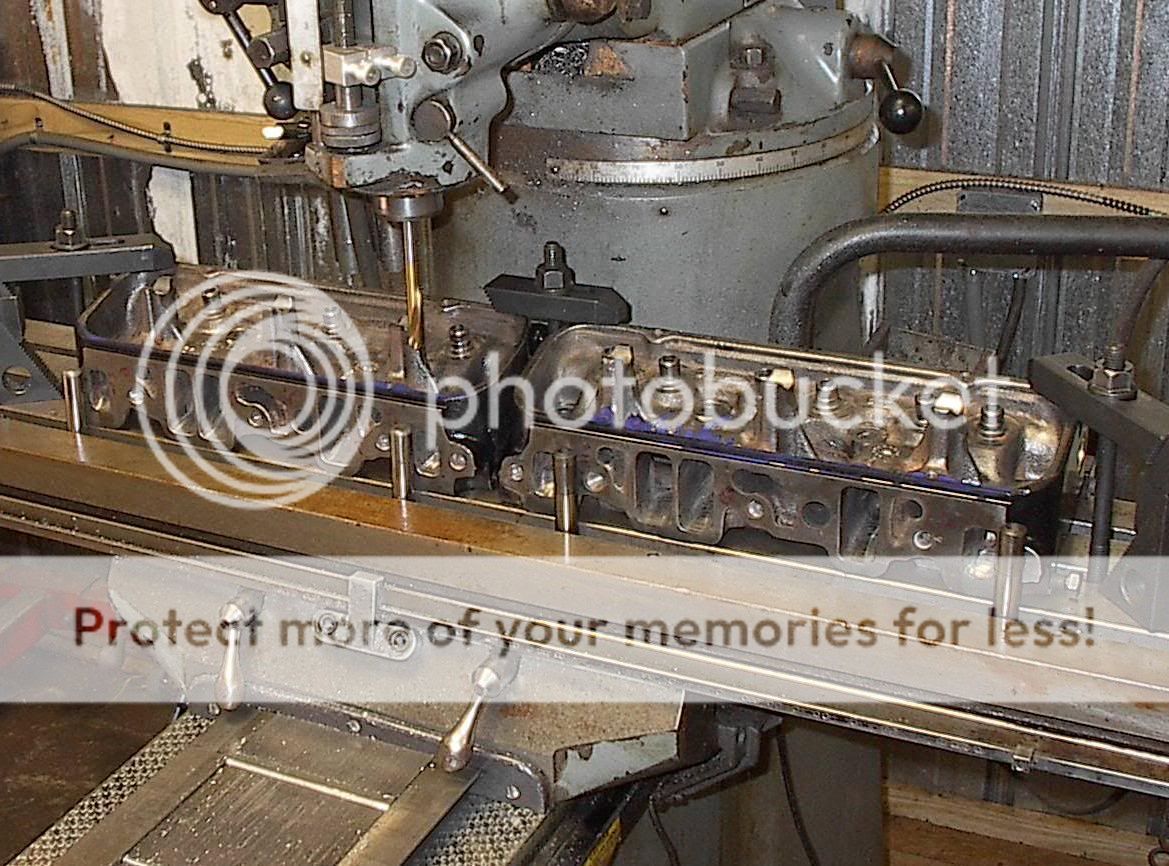Toby_Goodmk
Test Fit officianto
- Joined
- Dec 9, 2011
- Messages
- 1,851
I spoke to some knowledgeable people today about the champion irons having issues with push rod clearance. I have seen on the board with searches that most of the issues have been with the GN1 heads and the instructions included with T&D comment that 1:65 will need machining to make clearance in the push rod bore. My irons are relatively new within the past 6 months and the T&D are brand new. I am in the block machining stages so I would like to inform the machinist if this issue is going to come about.
SO.......what is the consensus? I have seen some have issues, many others have not had issues. Anyone out there with 1:55 T&D and Champion irons had any issues with push rod clearance?
SO.......what is the consensus? I have seen some have issues, many others have not had issues. Anyone out there with 1:55 T&D and Champion irons had any issues with push rod clearance?
